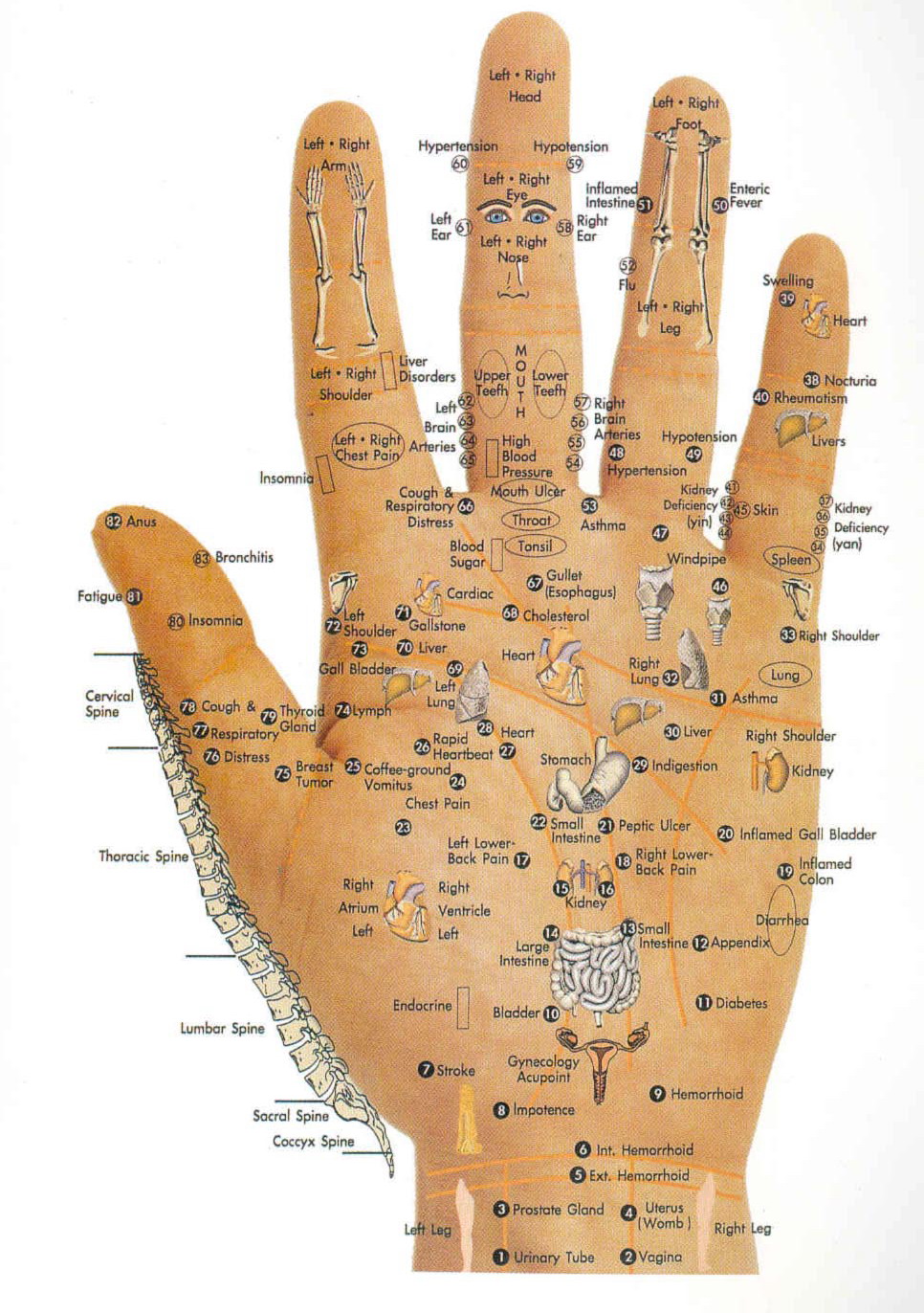
Stress Management
What is Stress …. The Silent Killer? Stress is a state of mind that causes worry or emotional tension. Why Stress Happens? When ego is hurt (feedback, comments, criticism) When loose something which we feel important When a situation is not Acceptable to us When want to do/get something but are unable Stress is mostly […]

